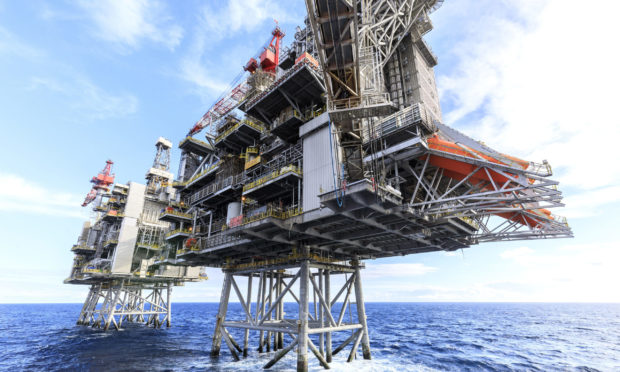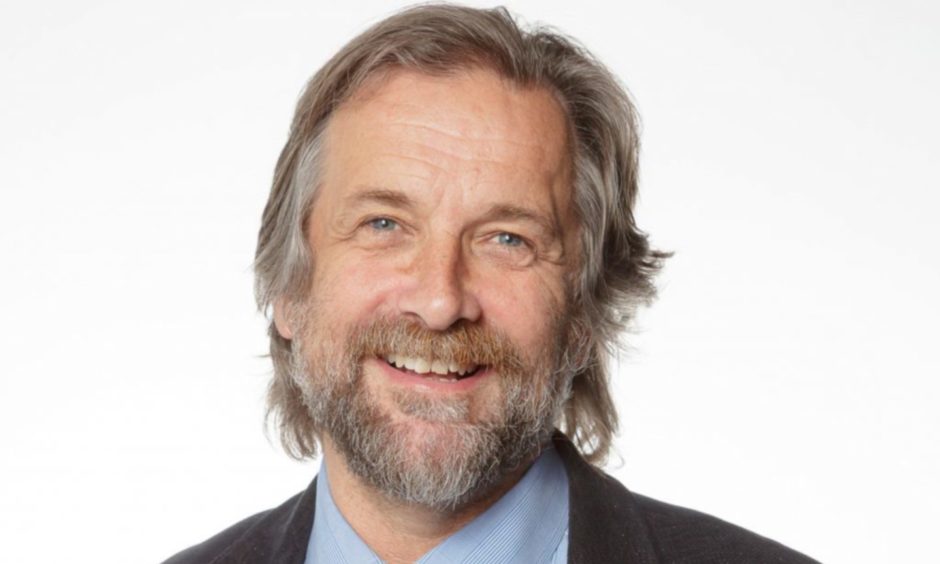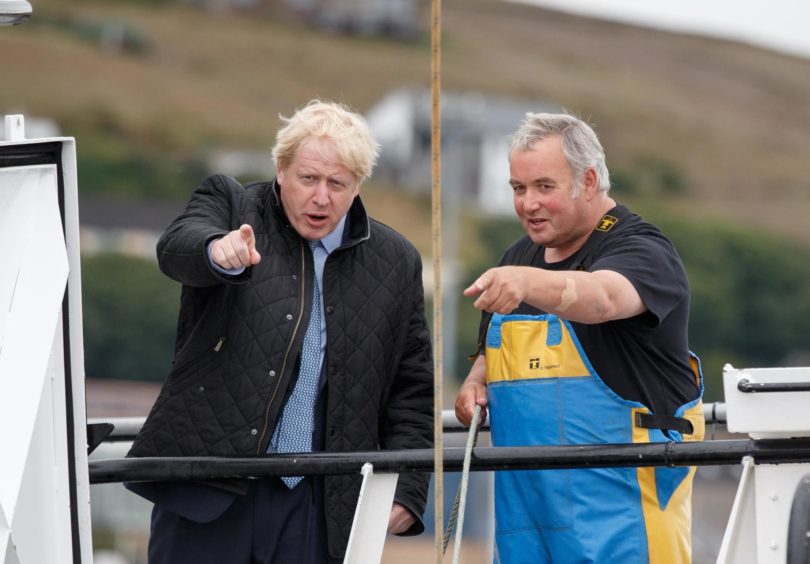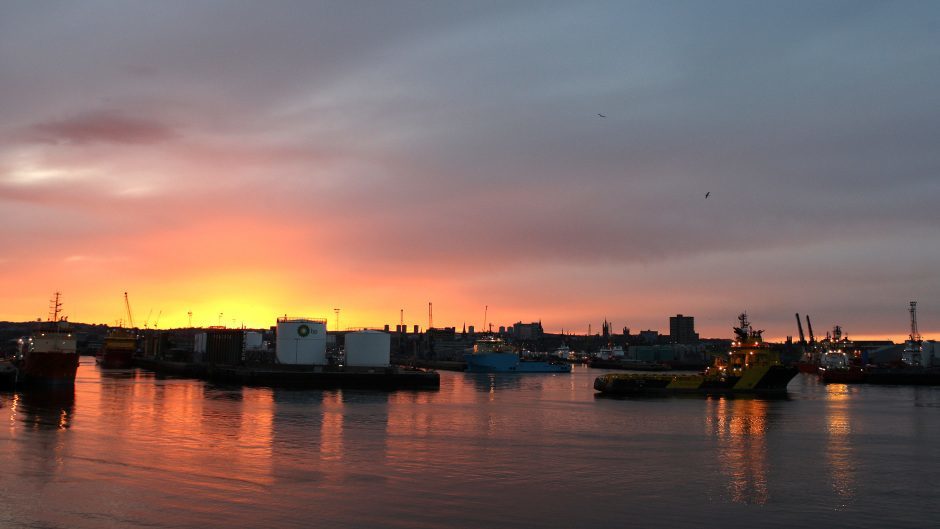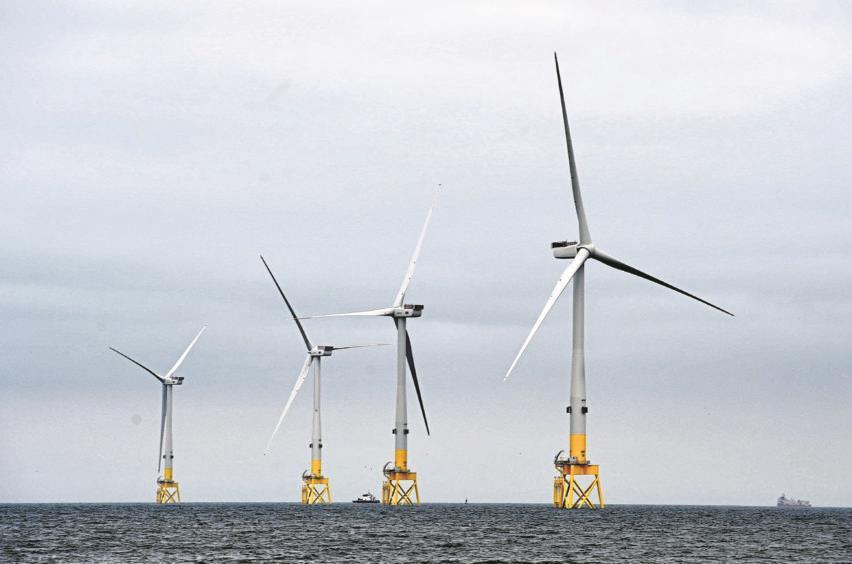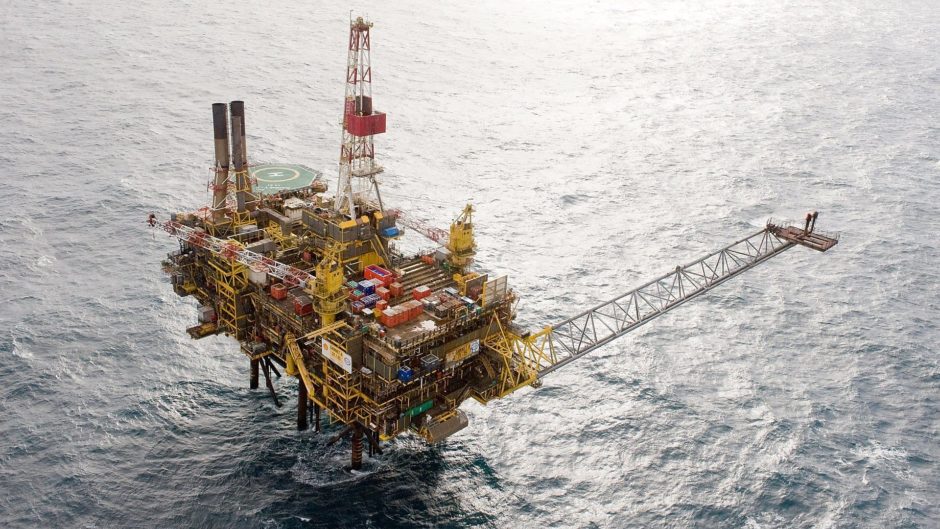A leading expert in clean energy has predicted plans to build a greener economy could spark “a new industrial revolution” in Scotland.
Edinburgh University’s Stuart Haszeldine, the world’s first professor of carbon capture and storage, said he had never seen “such a flurry and concentration of activity across the whole sector of clean energies”.
But he warned the ultimate success of the campaign will rely heavily on the ability of ministers to convince businesses of a real sea change in the sector, and attract tens of billions of pounds in private investment.
Boris Johnson earlier this month set out his 10-point plan for a “green revolution” to create and support up to 250,000 British jobs but while the proposal was broadly welcomed, concerns have been raised about the levels of new funding involved.
Professor Haszeldine believes the prime minister’s plan simply “spreads a thin veneer of ice cream across a reheated mashed potato of already pledged money” and is more about persuading businesses to invest their own cash.
A drop in the ocean
“In itself, the amount of money being pledged is a drop in the ocean,” he said. “But it’s a political signal from Number 10 that they are serious about doing this and progressing down the road, and they are investing government money to do it.
“Particularly with carbon capture and storage, and with other things like subsidies for onshore wind, the industry is very accustomed to the UK Government announcing grand policies and objectives, providing a bit of subsidy and then pulling out as fast as possible, leaving the industry to carry on.
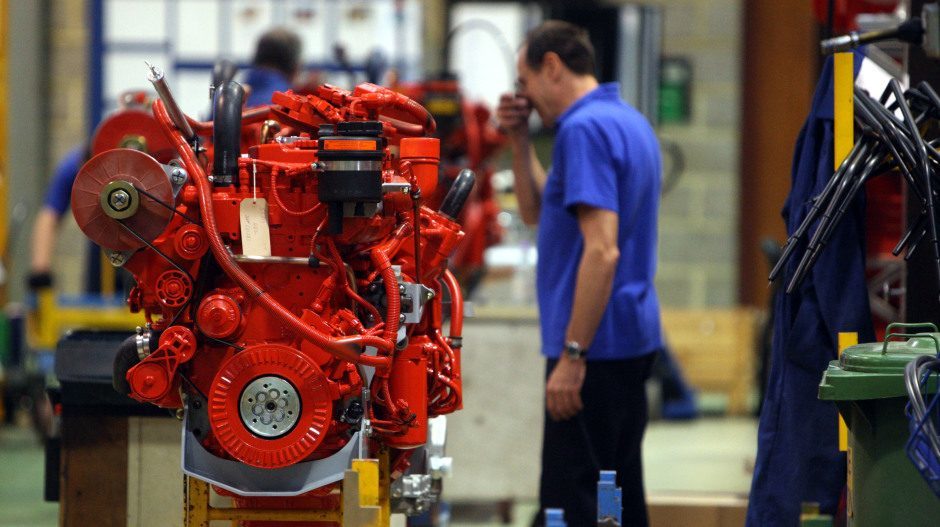
“In some ways that’s the job of government, to get things started, because this is such a giant reconfiguring of energy. It’s almost like rediscovering coal or oil in that it totally changes what you do, and intend to do, with your energy system.
“It’s that big a transition – and it’s going to take until 2050 and beyond to do it.”
The prime minister’s plan will “mobilise” £12 billion of government money to create highly skilled green jobs over the next three decades, and hopes to spur more than three times as much in private sector investment by 2030.
It has drawn praise from environmental groups but also questions about the level of detail on the training and reskilling likely to be required in areas already heavily reliant on carbon jobs, such as Aberdeen.
Dr Greg Mutch, a former Aberdeen University student who is now an engineering research fellow at Newcastle University, said the carbon capture announcement was “very welcome” but warned areas will need further help in the years ahead.
Fair and high-value work
He said: “As these carbon capture projects are largely planned for regions with a long and proud industrial heritage but where there is significant unemployment now, there will need to be further support for training and reskilling so that jobs go to people living in the local community.”
The jobs issue is something that is being looked at carefully, with officials keen to avoid a repeat of the damage caused by the collapse of the UK’s coal mining industry.
Scotland’s Just Transmission Commission, a first-of-its-kind enterprise advising on how to build a net-zero economy, was set up in part to ensure the creation of good-quality jobs for workforces impacted by the switch to clean energy.
One of its key guiding principles is to “design and deliver low-carbon investment and infrastructure, and make all possible efforts to create decent, fair and high-value work, in a way which does not negatively affect the current workforce and overall economy”.
Instead of concentrating on the sunset of the oil industry, we should concentrate on the sunrise of this low-carbon transition.”
Professor Stuart Haszeldine
The Opportunity North East development group, chaired by Sir Ian Wood, also holds as one of its key aims the desire to help establish the North East as a world-leader in delivering energy transition.
A number of Scottish colleges, including Forth Valley College in Falkirk, have already announced plans for new specialist renewables training centres.
Meanwhile, Edinburgh University has launched a one-year MSc degree in GeoEnergy, which would allow people already working in the oil and gas sector to return to education and pursue a new career in low-carbon energy.
Professor Haszeldine believes many of the skills already present in the North Sea workforce, such as welding, fabrication, project management and planning, could be applied in many of the emerging clean energy industries.
He said: “The government is well aware that in the past the UK has not done very well about looking after its workforce. The obvious example is closing down the coal mines overnight, where people were told to just get on their bikes and look after themselves.
“That didn’t work and we’ve still got disadvantaged communities decades after the coal mines closed – that’s what we’ve got to be careful to avoid.”
Decades of failure
MSPs were told last month that a decades-long failure to invest had left Scotland and the UK struggling to compete with other nations for contracts to build turbines and equipment for offshore wind farms.
Industry body Scottish Renewables told Holyrood’s Economy, Energy and Fair Work Committee there had been a “fundamental failure of industrial strategy at government level for many decades”.
Professor Haszeldine said the government has, during the the planning of the transition towards clean energies, deliberately considered how the supply chain can be built to fully meet operational and maintenance needs with UK workers.
He believes there is a “huge opportunity” for the UK to develop a world-leading position by creating the first fully low-carbon offshore industry, something that could create benefits far beyond matching existing oil and gas jobs like for like.
“By the government trying to nudge, push and subsidise this into different types of construction, we then learn to do these things for the first time in the UK,” Professor Haszeldine said.
“As well as employing our own people, we create those supply chains so that once we’ve built our own projects in the early 2020s, we can start going around the world and saying to India, the United States or counties in Africa that we know how to design and build a whole system for clean energy, and we can build it for you too.
“These are huge opportunities which in Europe and the rest of the world will need to be done in ways that create new technologies and useful jobs that have a long-term future.
“Instead of concentrating on the sunset of the oil industry, we should concentrate on the sunrise of this low-carbon transition.”
